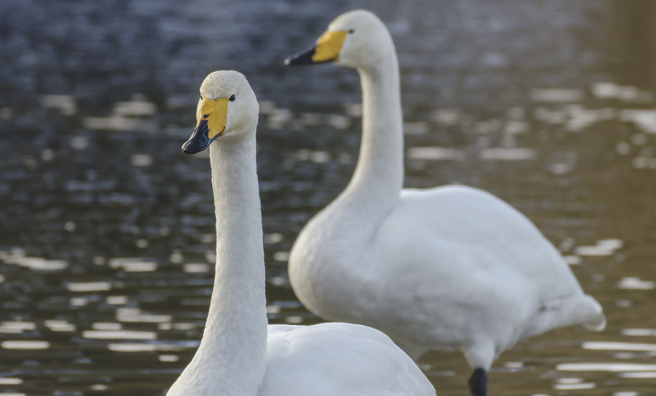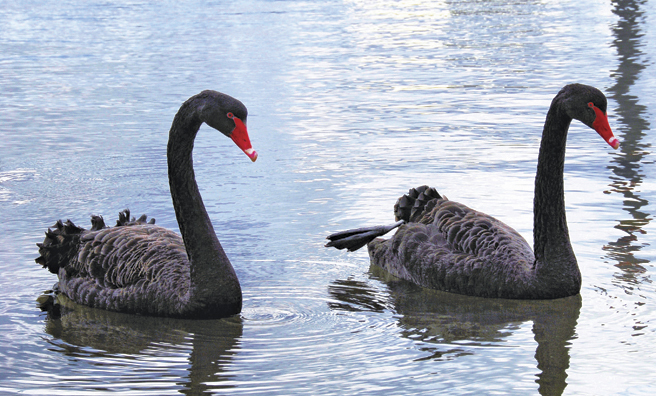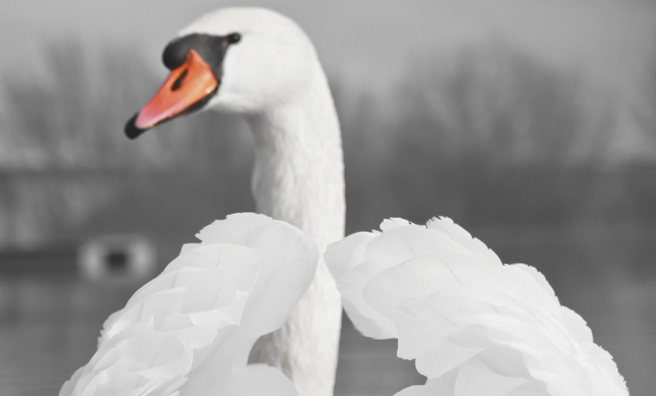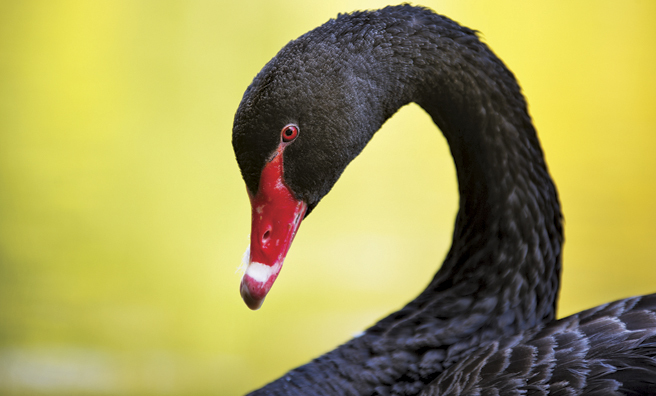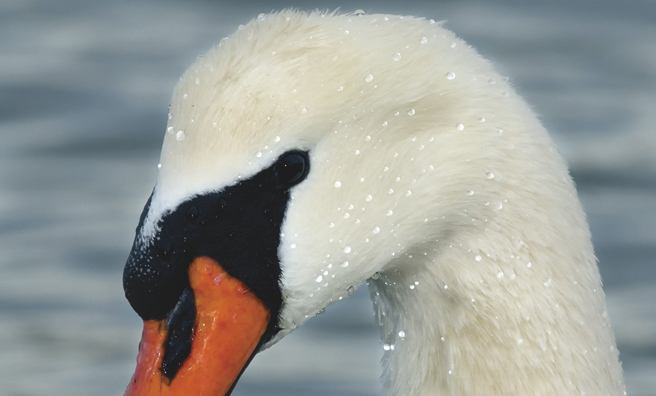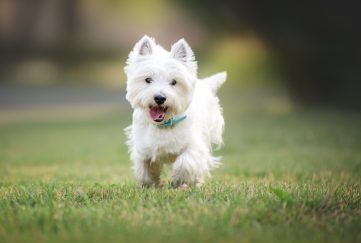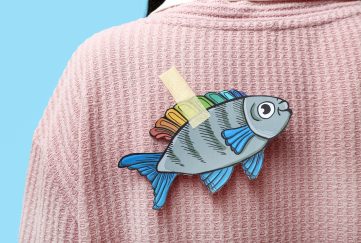Something About Swans
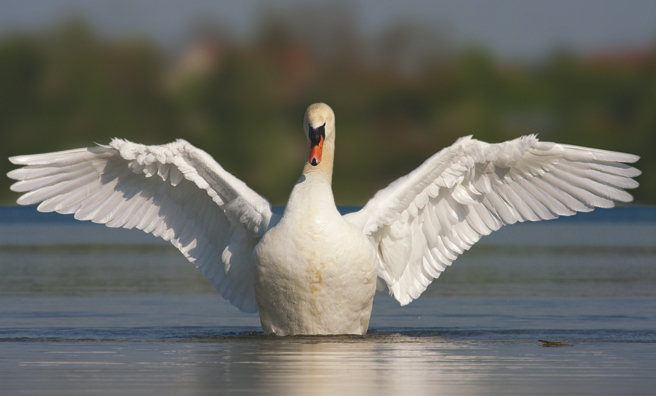
Sometimes I thirst for the company of swans.
It is fair to say that wild swans in a wild setting can summon me into a state of thraldom unique in my relationship with all nature. I explore snowier heights, eerier depths, within the limitless scope of that relationship, and it was only recently that I understood why: it is because I feel included.
And already, I am commanded to reconsider the phrase “wild swans”. For although I know what it means inside my head, outside my head it is open to casual misinterpretation which generally amounts to anything other than mute swans. In France (Cygnet Sauvage) and The Netherlands (Wilde Zwaan) it means specifically whooper swans, but there too the implication is that they are wild by comparison with mute swans. I am uneasy about such carelessness. All swans are wild, but sometimes we are deluded by the behaviour of some swans into thinking otherwise: “How can a mute swan possibly be wild if it takes bread out of my hand?” You might as well ask: “How can I possibly be a domesticated creature if I pluck and eat wild blueberries from a mountainside?”
Swans carry their wildness with them and imbue their chosen landscapes with it
I am a bit of a swan junkie. I have watched trumpeter swans on the Yukon border of Canada and Alaska (a swan with a 10-feet wingspan and a voice like a foghorn blast greatly expands anyone’s definition of the word “swan”); whooper swans on the black-sand shore of an Icelandic lake beneath the volcanic snow cone of Hecla, and on a hundred different Scottish watersheets from Orkney to the Solway.
I’ve seen them crossing in thrilling flight from the ridge of the Skye Cuillin and the Cairngorms plateau; little Bewick swans on the stubble fields, lochs and hill lochans of Fife and Kinross; black swans that nest among canal boats in Lothian farmland and look in flight like a photographic negative of swans; and I have watched mute swans in a shallow crescent formation – a flying smile on the old grey face of medieval Edinburgh.
I’ve watched them huddled bleakly on the fifth of five nests that were all demolished by floods in a single spring on a loch in the shadow of Ben Ledi on the southern edge of the Highlands. None of these was more or less wild than the others. Swans carry their wildness with them and imbue their chosen landscapes with it, whatever the nature of the landscapes they choose.
The raw tenacity of that five-nest mute swan pair is as uncompromising a trait of wildness as anything I have met anywhere. I have made a bit of a study of that nest site for more than thirty years, and first wrote about it in a book called Waters of the Wild Swan (Jonathan Cape, 1992). Something of the impact the pen’s ordeal made on me was registered in the following paragraphs:
“What I seek is to be briefly a part of her wild theatre”
“What I seek is to be briefly a part of her wild theatre, as natural a part of it as my wilderness instincts can permit, and by trying to understand something of the way she bears her wildness and her solitary station, shed some of that enlightenment on my own life. For a nesting swan on a beautiful loch under a mountain is a powerful blend of benevolent forces in my mind that I seek out more willingly than most forms of human company. It is a state of wild grace which the swan brings to bear on its setting, and while it is preposterous to lay claim to such a thing for me or any other human being, it is possible to approach the swan’s world in a receptive frame of mind, be still in it, value it, and by being alone with the swan in it, to benefit spiritually from its silent enlightenment.
“I cannot quantify the benefits or specify the shades of enlightenment, although an object lesson has been the futility of craving security and future. To the swan, what matters is here and now and today, and beyond that is self-fulfilling, and that is all. What needs to be done is done because it needs to be done. It is what being a swan is all about. It is the simplicity of her code that I crave in my own life, and the more I watch her like this, alone and still, the more I understand, or think I do, which is what matters.”
Nature gives generously and limitlessly if you approach in a spirit of openness
Running my eye over something I wrote more than twenty years ago usually makes me wince but I can see what my younger self was getting at, although that word “spiritually” takes a bit of swallowing, for it is as liable to misinterpretation as the use of “wild” to describe swans. In fact, it misrepresents the thought that was in my head when I wrote it, for there is nothing spiritual in the nature of what I learned. Rather there was a deeper and utterly practical awareness of how nature works in such circumstances, and the lessons learned there have been useful to me over and over again. For you cannot watch a single species over such a long time in isolation because you also become aware of all its fellow travellers, its everyday neighbours and the constant change hour to hour, day to day and season to season of its landscape. Nature gives generously and limitlessly if you approach in a spirit of openness.
I live in a landscape of swans. East and west of Stirling, from Loch Leven to the Lake of Menteith (both of which sustain big numbers of swans) the farmland and the coils of the Forth create ideal feeding and roosting circumstances for hordes of mute and whooper swans and occasional winter handfuls of Bewicks. Some prefer to roost on small lochs in the hills to the south, which puts flights of swans in my dawn and dusk skies. And to the north are the mountains where larger lochs like Loch Lubnaig and Loch Dochart and hidden hill lochans host restless, fluctuating migrant groups, nesting pairs and the cast-out young of earlier seasons. There is nowhere in all that tumultuous landscape where swans are not at home.
A virtuoso performance of nature as ballet, of light and shadow and abstracted swan shapes
Loch Dochart is the most Highland in character, Loch Leven the most Lowland. Loch Dochart is narrow and hemmed in by mountains, and winter sunlight is excluded long before sunset. Whoopers have used it as a stopover for days or weeks at a time for as long as I have known the place, which is more than thirty years now. Although numbers have dwindled – partly, I suspect, because silting of the loch has diminished the food supply of pondweed – it remains a swan theatre of high drama. The deep, dark reflections of the black cliffs on the north shore transform a low skein of whoopers about to land on the water into a virtuoso performance of nature as ballet, of light and shadow and abstracted swan shapes, the whole event orchestrated by the birds’ muted brass chorale. In all the repertoire of wild Scotland it has few equals.
Loch Leven is wide open to huge skies, and especially in winter it can feel like Orkney. A month ago I walked here under clear skies, occasionally diverting from the circumnavigating footpath down through tall reeds and scraps of woods to a quiet and ice-happed shore where a small bay was thick with pochard, teal, wigeon, tufted duck, goldeneye and mallard, and swans in barely believable numbers. And because there are so many raised voices of whoopers here, the air is as redolent with swans as the water. I made a fast estimate of that part of the loch I could readily see and I stopped at about 600 swans, which may have been half of the total population that day or could have been much less than half.
I watched in a kind of a trance
Far out on the loch, and almost lost to sight against the broken nature of the south shore, a long, narrow phalanx of swans sat or stood (and in truth from where I was watching it was impossible to tell the difference) in shallow water. I guessed about 200 birds. It was as if a vivid white cumulus mist had draped itself across the still water, the effect enhanced by distance, broken reflection and the failing light. I watched in a kind of a trance.
Any time I set out to watch swans, to slake that old and familiar thirst, I confirm two essential truths. One is that always, always, I see something new; the other is that they are forever teaching me, not just about their own tribe, but about all nature.
I love to stay out through the sunset and the dusk these winter-into-spring days, and the restlessness of swans through the last of the light (short flights at little more than wavetop height to favoured roosting areas, bickering voices, quiet staccato brass voices, muttering voices) would stay in my head for hours to come.
I entertained roosting notions of my own, and stopped at a favourite roadside howff where I ran the images of the long afternoon back through my mind and tried to put some down on paper, while I sat with a fireside beer and slaked that other swan-watcher’s thirst.
- Whooper swans
- Black swans nest among canal boats in Lothian farmland
- Mute swans have a distinctive orange and black bill
- A black swan
- A mute swan in close-up
- A mute swan’s wingspan can reach 2.4 metres
Swan Facts
- It’s estimated that there are as many as 79,000 mute swans wintering in the UK
- A mute swan’s wingspan can reach 2.4 metres
- Mute swans have orange bills with black at the base
- Whooper swans can be seen in the UK between October and March
- They are migratory birds that fly in large “V” formations
- A whooper’s bill has a distinctive triangular patch of yellow with the remainder in black


